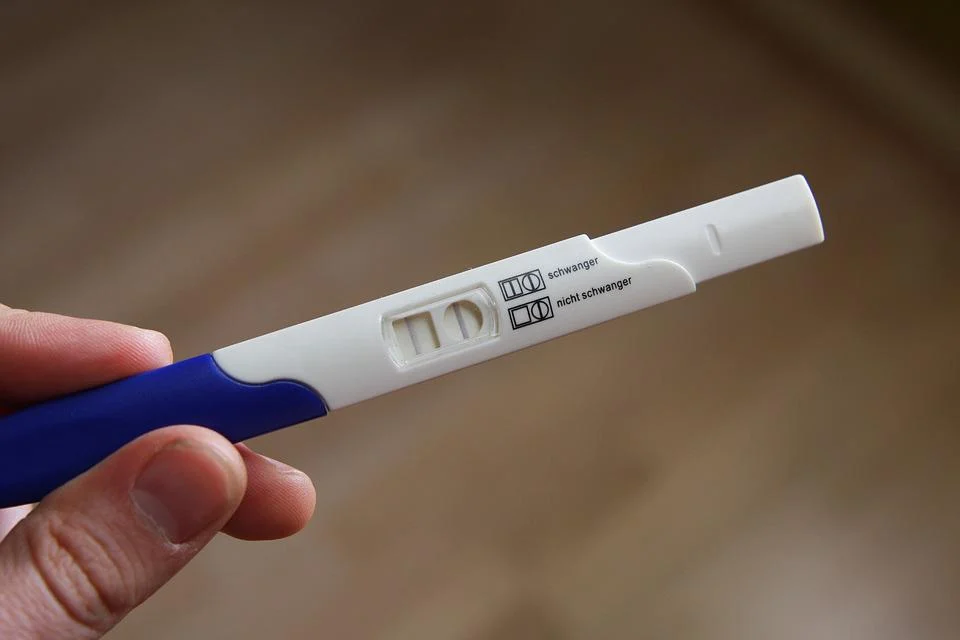Ovarian induction is the treatment of stimulating ovulation and increasing the chances of pregnancy through hormonal therapy. It entails utilizing medications developed to promote ovulation in women who had trouble ovulating individually, particularly those with erratic menstrual cycles. Ovarian stimulation may be done on its own or as part of a larger assisted reproductive technology package such as in vitro fertilization and intrauterine artificial insemination. Ovarian induction has a lengthy history.
- The discovery of gonadotropins and their role in menstrual cycle regulation is regarded as the birth of reproductive endocrinology. Human chorionic gonadotropin (hCG) was successfully extracted from pregnant women’s urine by Ascheim and Zondek in 1927. Cole and Hart discovered pregnant mare serum gonadotropin (PMSG) in 1930, paving the way for superovulation. PMSG and hCG were utilized to superovulate youngster mice and induce ovulation and estrus in order to create a better understanding of the mechanism. It took 40 years for this approach to be recognized as an anovulation therapy in people.
- Early studies of PMSG in women were hampered by the body’s production of gonadotropin antibodies, which resulted in treatment failure. Furthermore, some patients produced cross-reacting antibodies with their gonadotropins. The development of ways to isolate and purify human gonadotropins in large enough quantities was a major advance in the history of ovulation problem treatment and ovulation induction. Experts at the time knew that follicle-stimulating hormone (FSH) and luteinizing hormone (LH) were present in the urine of menopausal women, but because the amount was too high and the extraction technique too complex, urine was ruled out as a viable source of human gonadotropin. As a result, attention focused on obtaining gonadotropins from the pituitary gland.
- In 1958, Gemzell was the first to report induction of ovulation using pituitary-derived gonadotropins. Buxton and his Yale University counterparts confirmed Gemzell’s research in the United States in 1960. In their research, induction of ovulation was aided by pituitary extracts that included FSH activity and hCG as a replacement for LH.
- In 1956, Donini published findings on human menopausal urine and described the use of human gonadotropin in humans for ovulation induction as an amenorrhea treatment. Although the development of extraction procedures for urinary-derived gonadotropins presented a safer and more readily available source of LH and FSH, the purity of the product was still poor. The failure of the one-dose therapy also had implications for the standardization of doses from one batch to another. The desire for monotherapy with FSH rather than a combined stimulation/suppression regimen prompted Serono to develop urinary FSH with reduced LH activity. This combination was effective in women with polycystic ovary syndrome and IVF superovulation.
- The first time recombinant human FSH was used in pregnancy was in 1992, during ovarian stimulation for IVF. Subsequent investigations revealed that low-dose FSH may be used safely to stimulate people with PCOS. At that time, recombinant FSH development offered significant benefits to the urine-derived HMG. However, urinary-derived gonadotropins could not be obtained in sufficient quantities until high-performance liquid chromatography and immunoaffinity purification was developed. As a result, this allowed for a consistent dosage of combined human gonadotropins to be administered. There are several gonadotropin preparations for ovarian stimulation available today, including recombinant FSH and LH, as well as mixed gonadotropins made from urine. As a result, since your fertility clinic in London has the ability to create unique stimulation techniques based on your needs and goals, you can be confident that it will have great adaptability when it comes to determining personalised treatment approaches.

